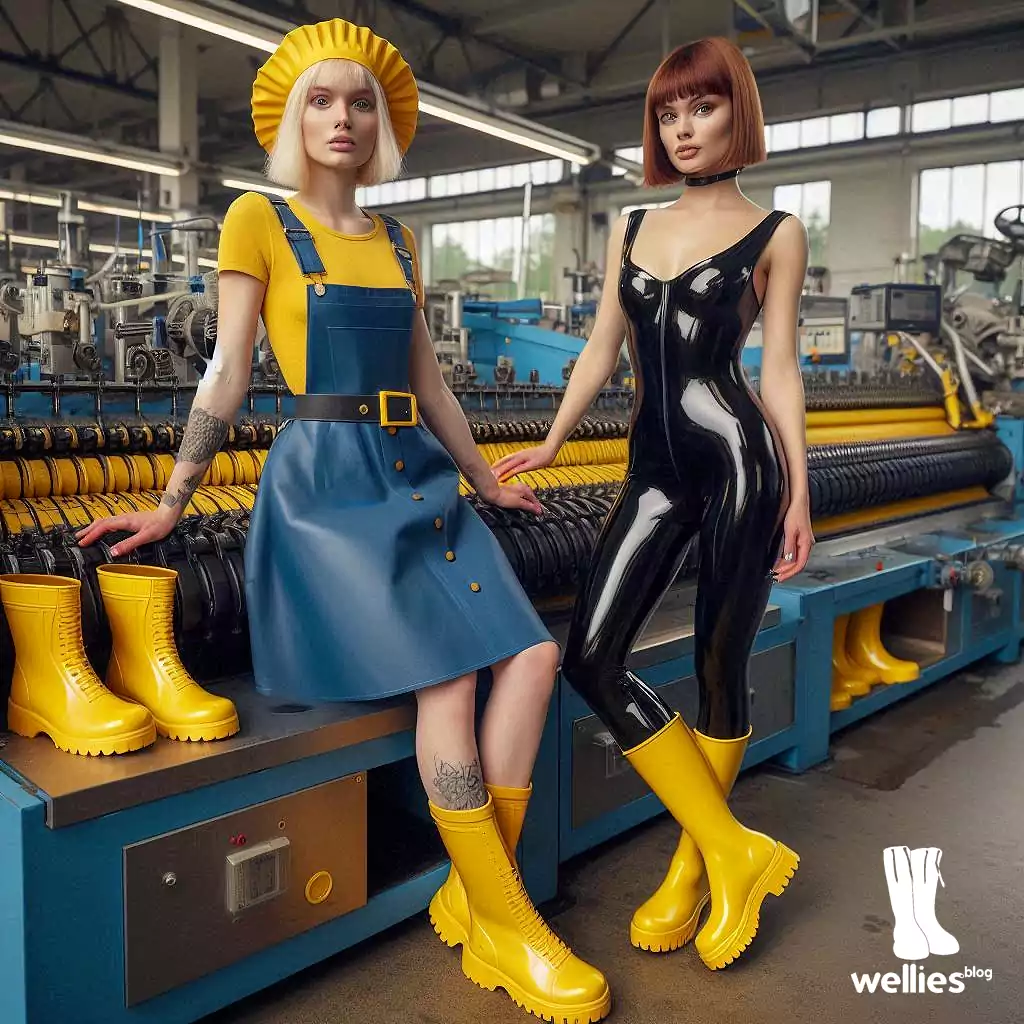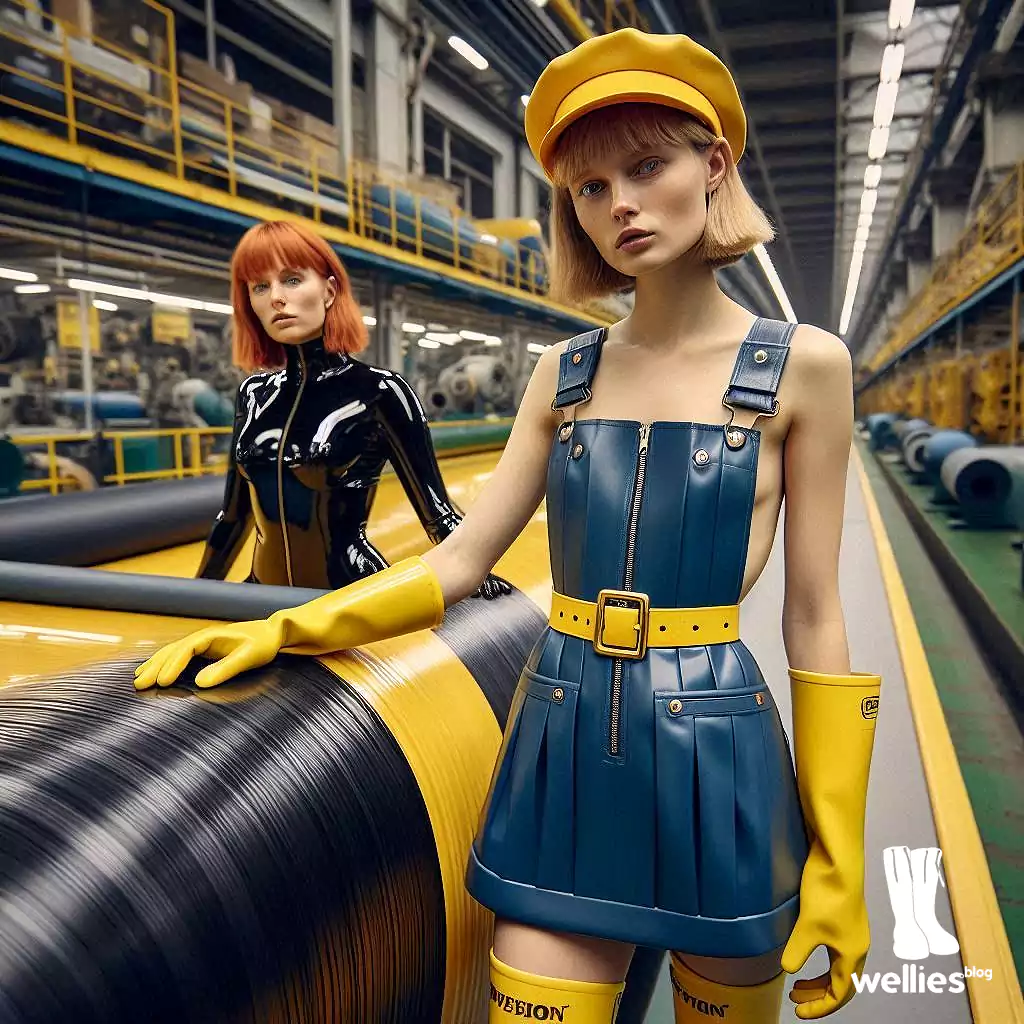From Groundbreaking Invention to Industrial Revolution and Current Challenges
A Day to Honor Rubber
On September 12th, the world celebrates World Rubber Day, a commemorative day launched by the German company Lanxess in 2009 to mark the 100th anniversary of the invention of synthetic rubber. The importance of this invention for the industry cannot be overstated. From the automotive industry to medicine and aerospace, rubber has shaped and revolutionized countless sectors.
The Invention of Synthetic Rubber (1909)
Fritz Hofmann, a German chemist, developed the first synthetic rubber in 1909. This invention was revolutionary, as the demand for natural rubber had been rapidly increasing in the early 1900s, and supply was limited. Hofmann’s synthetic alternative helped meet the growing demand while reducing dependency on natural rubber from tropical regions.

The Role of Lanxess and World Rubber Day 2009
To mark the 100th anniversary of this groundbreaking invention, Lanxess organized the first World Rubber Day on September 12, 2009, in Düsseldorf, Germany. Approximately 400 experts from science and industry gathered to discuss the importance and future of rubber. As a leader in synthetic high-performance rubber, Lanxess initiated this day to celebrate past achievements while addressing current challenges facing the industry.

Industrial Revolution and Global Importance
Since its invention, synthetic rubber has fundamentally changed numerous industries. Its role in the automotive industry, particularly in tire production, is crucial. It is also essential in manufacturing seals, hoses, and many other products. During World War II, the significance of synthetic rubber grew exponentially as access to natural rubber supplies in Southeast Asia was severely limited.
Rubber Today: Challenges and Innovations
The rubber industry and scientific community face new challenges today, particularly in terms of environmental sustainability. Modern synthetic rubbers need to be not only high-performance but also environmentally friendly and optimized for the use of renewable resources. Companies like Lanxess are focused on resource-efficient processes to make rubber production more sustainable.

The Future of Synthetic Rubber
The future of synthetic rubber is closely tied to advancements in material science. As the automotive industry moves towards electrification and the demands of the medical field grow, rubber will continue to play a central role. New materials and composites could make synthetic rubbers even more resilient and eco-friendly.
A Future with Rubber
World Rubber Day not only commemorates the past 100 years of this revolutionary invention but also looks ahead to the challenges of the future. Synthetic rubber has established itself as one of the most significant materials in the modern world, and its development will be critical in addressing the needs of tomorrow.






